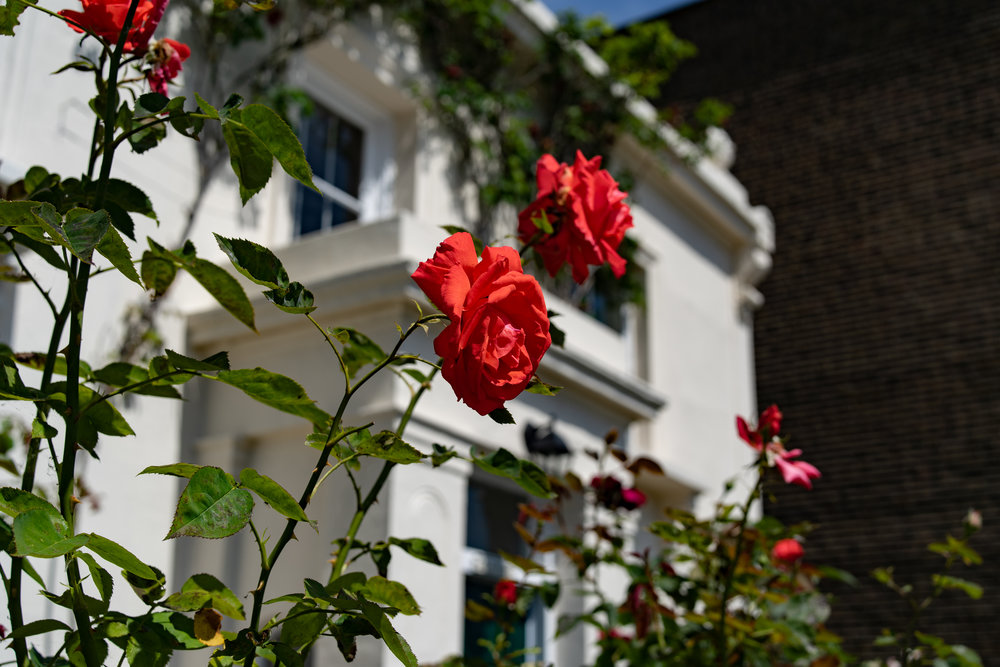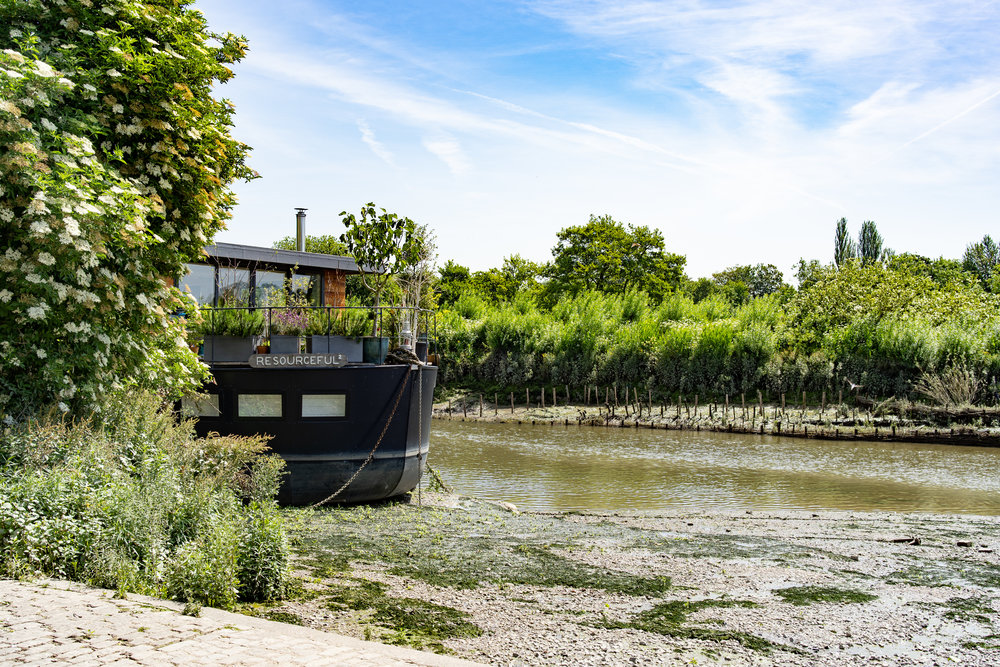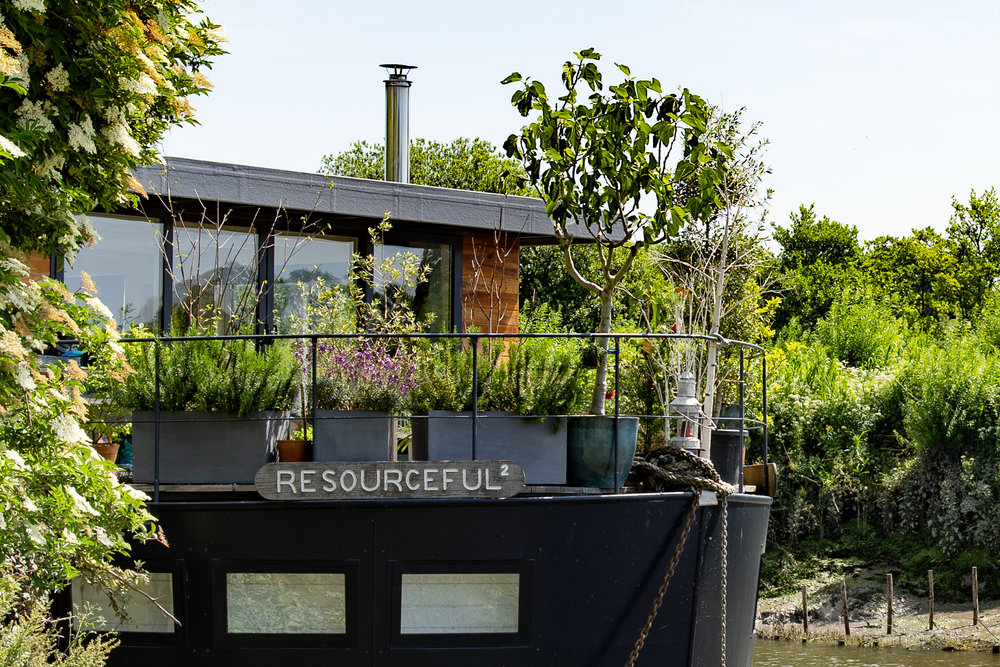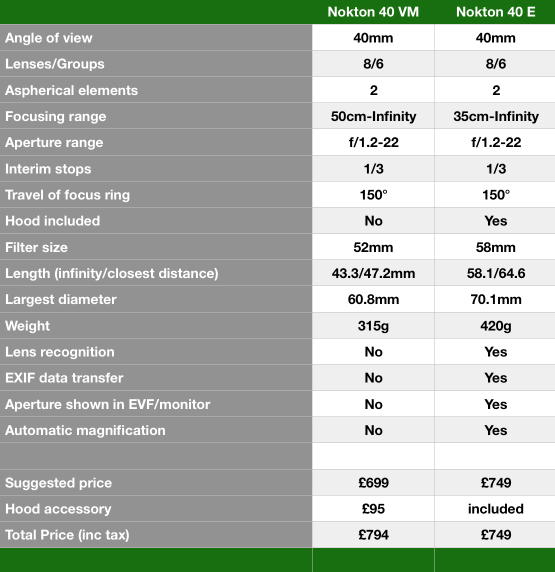



The new Voigtländer Nokton f/1.2 which was announced last Autumn comes in two distinct versions, one for VM-mount (Leica M) and one for Sony E-mount. These are ultra-fast general purpose lenses that could satisfy most users. With the unusual 40mm focal length they sit neatly between the more traditional 35 and 50mm standbys, offering the best of both worlds. Both are optically identical, according to Voigtländer, but there are some significant differences in design and build.
Flaghead, the UK importers, sent us the E-mount version for use with our review copy of the Sony A7III. After having played with the VM lens and knowing that the performance is going to be the same, I was surprised by some of the material variances.
In design, the E-mount Nokton is very similar to the VM. At a casual glance at the photographs, they do look very much alike. But in the metal, this is not the case.
Below: Sharpness not in doubt and the image quality from the Sony is impressive — full frame on the left, crop on the right. Nokton E on Sony A7III (click images to enlarge)
Size and weight
The Nokton E is bigger. It is 58.1mm long (at infinity) compared with the 43.3mm of the ZM, and 70.1mm maximum diameter whereas the ZM lens nearly 10mm slimmer. Like the VM version, this lens focuses externally so is longer at its closest focus distance of 35cm (the Nokton VM focuses down to 50cm on a mirrorless camera, 70cm on a rangefinder). When extended, the lens is 64.6mm compared with the 47.2mm of the VM.
The difference in length is probably accounted for by the need to keep the lens/sensor distance optimal. The VM lens has the added width of the mount to help maintain the difference, so the E version has to be longer to compensate. The E-mount lens has a broader focus ring to fill the extra space on the barrel, thus providing a useful handling advantage. As a result of the greater thickness, the filter thread is 58mm in diameter compared with the 52mm of the VM lens.
Weight is also a significant factor. While the VM Nokton is a lightweight 315g — remarkable for such a fast prime, and consistent with similar M lenses — the fatter E Nokton tips the scales at 420g.
Both lenses appear to be built to the same high standards and are exceptionally presented for the price.


Driving on the right
A further significant difference is that the aperture ring abandons the Leica standard — where the fastest aperture is on the left — and adopts Sony’s preferred layout of the wider apertures to the right. For experienced Leica users, it’s a bit like driving on the “wrong” side of the road (from a British perspective, as always). Odd, but you soon get used to it. It would, however, be perverse to choose the contrary layout in contrast to other E-mount lenses.
The aperture ring on the E-mount lens can be de-clicked so that it is a smooth progression. This is intended mainly for videography use but I find it quite interesting to use it also for still photography. There is an adjustable ring next to the aperture ring and this is engaged by pushing the aperture ring forward. The outer ring can then be turned by 180deg so that the bottom yellow market comes to the top of the lens to indicate clickless mode.
What I do find odd is that the front element of the E-mount Nokton appears to be smaller and is considerably recessed, quite strange for such a fast lens. The VM has a more prominent front element which helps give it the mini Noctilux appearance which I’ve mentioned before. In some ways, then, the E lens looks less impressive from the front. It’s less of “I’m a very fast lens” compared with the Nokton VM. After pondering this difference, my conclusion is that it is an illusion created by the fatter E-mount lens. The front element fills out the VM lens while it is diminished in the Nokton E.
Another difference is the fitting for the hood. The VM lens has a chrome bayonet ring so that the accessory hood is attached without interfering with the filter thread. On the E lens, which does come with a hood which screws into the filter thread in a similar manner to those cheaper third-party accessories that are available for most lenses. If you wish to fit a protective filter to the Nokton E it must ride piggyback between the lens and hood. That’s not my favourite design. In mitigation, though, the hood is all metal and substantial, fits perfectly and helps protect that recessed front element. I do not think a protective filter is necessary.
Electronic tricks
In operation, however, the E-mount lens has a major trick up its barrel. It is intelligent and has an electronic connection to the camera. Not only does this identify the lens to the camera, thus populating EXIF data, but it also permits some operational enhancements. The camera can detect movement in the focus ring and automatically bring up the magnification focus aid. In this respect, it works just like a native auto lens when set to manual. There is no need to press a magnify button before every shot as there is with every other mirrorless camera on the market. Only the Leica M performs this trick thanks to the detection of movement in the rangefinder mechanism.
The electronic connections also transmit aperture settings to the camera. The manually selected aperture is visible in the viewfinder or on the screen. Of course, the aperture ring is fully manual so it cannot be changed from the camera as is possible (or necessary) with E-mount autofocus lenses. However, the display of the chosen aperture in the viewfinder is a useful feature and serves as a reminder of the setting.
In most respects, therefore, the manual Nokton E works just like a native Sony lens set to manual operation. This version is quite unlike the VM lens which is as dumb as any Leica M optic: Don’t bother checking EXIF data when using the VM version; you have to remember what lens and what settings just as you do with a film camera. As I know to my cost when using different cameras and lenses, trying to remember settings several weeks down the line is a daunting task. The Nokton E makes life easier
So why is the Nokton E preferable to a native Sony autofocus prime? Because in essence it is a traditional manual lens with a focus ring that stops at either end — albeit a rather long 150deg throw in common with the VM version — and has the handling advantages of a manual lens. However, it’s a manual lens at heart with electronic benefits.
Conclusion
My initial conclusion, then, is that the E-mount version is by far the better option for Sony users, as it should be. Only if you intend also to use the lens on an M or other mirrorless cameras is the VM mount the best choice. Yet there is a penalty to be paid for the increased sophistication of the Nokton-E. Until I held it, I had imagined that both versions would be very similar in size and weight, but it turns out that the differences are quite dramatic. And all for good reasons.
Both of these lenses are superb performers and, as far as I can tell, produce identical results. The E lens has been extremely well received by reviewers and is considered a premium prime for Sony cameras. The VM version has had less attention so far, but it is a hidden gem — a new design, well made and available at a bargain price compared with Leica or, even, Zeiss lenses. If you wish to use the Nokton on different cameras, including the Leica M, and Sony, then the smaller, lighter but equally proficient VM version is the better choice.
A review of this lens, together with a brief overview of the Nokton E is in preparation.
__________






Hi Mike,
are you going to do a comparison between the M- and E-mount version on a Sony camera?
Jeff, that would have been ideal but unfortunately the VM lens went back to Voigtländer two months ago. Now o have the E lens on its own. I’m told that the results should be identical but, of course, the E mood times lens is much more convenient to use with the Sony.
Would have been awesome to see a real comparison, with sooc images. Because I somehow always find the pictures (I see online) taken with the M-mount (regardless of the camera used) more appealing to me and I don’t know if it’s just coincidence and because of the post processing from the photographers or because of the lens…
I should go with the E-mount, since I only own a Sony camera, but the fact that there is a slight difference is making my decision difficult.
But anyhow, Thank you!
Excellent analysis, Mike. If I were buying one, I would get the M version for obvious reasons, but I have too many lenses already. I would be strongly of the view, though, that native lenses work best with any camera make. This is based on a lot of experience in mixing and matching various cameras and lenses. If one were getting into a ‘long term relationship’ with Sony cameras then the E version of this lens might be worth considering. I might have a look at the M version of the lens if one turns up on my side of the pond.
William
I have to say that I am impressed so far with the Sony. Once I’ve shaken my previous concerns about the complicated menu out of my head, I begin the see the virtues. It handles well, the E-mount Nokton is a true gem, and the focus points sits firmly in the middle of the screen (once I told it to do so). This contrasts with the Leica CL where it flits from pillar to post and is never in the right spot when you come to take a picture. So far, then, I am impressed. John Shingleton will be devastated.
I’ve been using the M version on the M10!once it came out – I really love it and it’s hardly been off the camera since. Thanks for tot careful review
Can the E-mount version be used on a Sony E APS-C (with the necessary recalculation of effective focal length)?
Indeed it can. In fact, I’m sorry I don’t have an a6500 available to so I could try it out. I imagine it works in exactly the same way, full electronic communication, and would make a nice portrait lens of 60mm.
Thank you, Mike. Worth saving for for my a6000, I think.
Steve Huff compared these lenses and does demonstrate some difference in their output, with the VM lens having a slightly better bokeh, if I remember correctly. Not a huge difference but noticeable. Worth a look if you haven’t seen it.
Hard to decide between the two versions if you’re a Sony user; EXIF info and electronic contacts on the E mount vs. slightly better rendering and lighter/smaller (excluding adapter) with the M mount. M mount lenses have also demonstrated their longevity as far as adaptability to other systems over the decades while the E mount will pretty much just be useable on a Sony (until they change their mount again).
You are absolutely right in your assessment, although I cannot speak for the difference in bokeh. Long term, the Nokton-VM will prove to be the better investment because of its portability, as with any other M-mount lens. But in the here and now, the Nokton-E is the better lens when used on a Sony. If you regard it as a Sony lens there is absolutely no difference when choosing, say, Fuji lenses for Fuji cameras. So far I am blown away by the ease of use of the E version. And the electronic information is not to be underestimated.
Mike wrote: ""So why is the Nokton E preferable to a native Sony autofocus prime? Because in essence it is a traditional manual lens with a focus ring that stops at either end — albeit a rather long 150deg throw in common with the VM version — and has the handling advantages of a manual lens. However, it’s a manual lens at heart with electronic benefits.""
At one point I was ranting about Leica perhaps making some manual lenses in APS-C focal lengths for use on the CL, and what Mike has written above was the reason. So a nice small 23mm F2 L mount manual lens for instance.
I have changed my view and I would rather we had a full frame CL sized L mount camera, so that the standard manual Leica lenses can be mounted, along with the converter. Failing that, I might take another look at the SL.
It is the APS-C that had me going on that tack for a while.
When push comes to shove though, the older lenses, whether they be Leica (Mandler) or Zeiss (or its clones from Russia and Japan), are the ones with character.
The new lenses might be more accurate, but no amount of perfection is going to make a picture more real, it is always going to be a lie, as with Magritte’s pipe.
After a week with the Nokton-E and Sony A7III I am astounded by the results and the easy of use. I can achieve focus much more quickly and, I suspect, more accurately than I could with the M version of the same lens. The snag is that to gain these benefits there has to be some electronic input to the camera. This is inevitably camera-specific (or manufacturer-specific) and you don’t have the portability that you enjoy with dumb M lenses. The Nokton-E on the Sony is a relatively light full-frame outfit. I suspect, with this lens, it is preferable to the heavier and bulkier SL (which still requires a button press to bring up magnification).